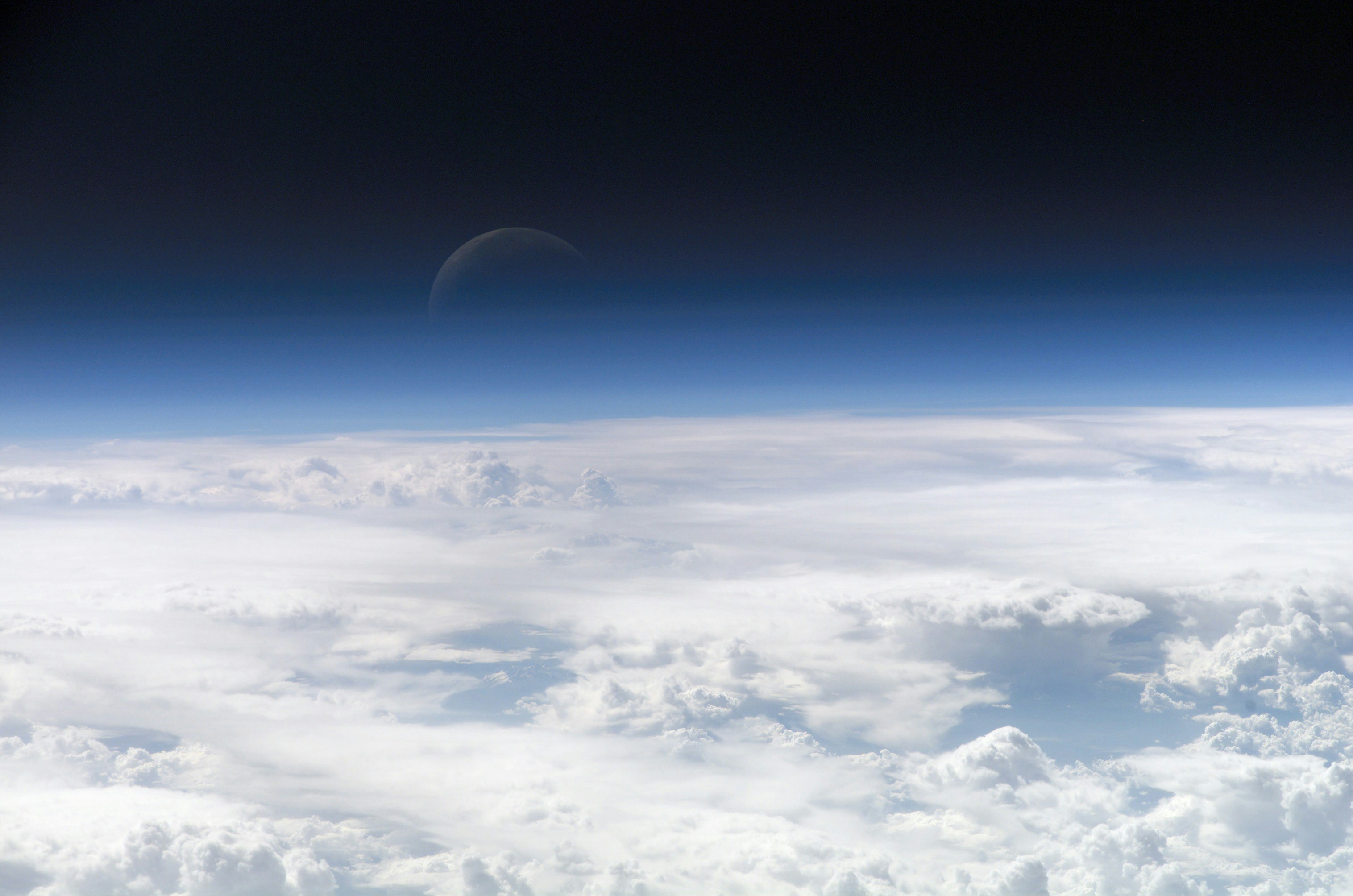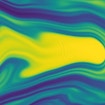
Stratospheric Ozone at Lower Latitudes Is Not Recovering, Despite Antarctic Ozone Hole Healing
The ozone layer — which protects us from harmful ultraviolet radiation — is recovering at the poles, but unexpected decreases in part of the atmosphere may be preventing recovery at lower latitudes.
Global ozone has been declining since the 1970s because of human-made chemicals. Since these were banned, parts of the layer have been recovering, particularly at the poles.
However, new research published today in the European Geosciences Union journal Atmospheric Chemistry and Physics finds that the bottom part of the ozone layer at more populated latitudes is not recovering. The reason is currently unknown.
“The Montreal Protocol has been a great success, but there’s evidence of a new threat to the ozone layer that we don’t understand,” said study co-author Justin Alsing of the Center for Computational Astrophysics at the Flatiron Institute. “It’s crucial now that we confirm, identify and deal with this threat to avert a potential problem for humanity.”
Ozone is a substance that forms in the stratosphere — the region of the atmosphere between about 10 and 50 kilometers in altitude, above the troposphere that we live in. It is produced in tropical latitudes and distributed around the globe.
A large portion of the resulting ozone layer resides in the lower part of the stratosphere. The ozone layer absorbs much of the ultraviolet radiation from the sun, which can cause damage to DNA in plants, animals and humans if it reaches the Earth’s surface.
In the 1970s, it was recognized that chemicals called chlorofluorocarbons (CFCs), used in refrigeration and aerosols, were destroying ozone in the stratosphere. The effect was worst in the Antarctic, where an ozone ‘hole’ formed.
The Montreal Protocol, finalized in 1987, led to the phaseout of CFCs and, recently, the first signs of recovery of the Antarctic ozone layer. The upper stratosphere at lower latitudes is also showing clear signs of recovery, proving the Montreal Protocol is working well.
However, despite this success, scientists have today revealed that stratospheric ozone is likely not recovering at lower latitudes, between 60 degrees north and 60 degrees south (New York City is at 41 degrees north), due to unexpected decreases in ozone in the lower part of the stratosphere.
Study co-author Joanna Haigh, co-director of the Grantham Institute at Imperial College London, said: “Ozone has been declining globally since the 1980s, but while the banning of CFCs is leading to a recovery at the poles, the same does not appear to be true for the lower latitudes.
“The potential for harm in lower latitudes may actually be worse than at the poles. The decreases in ozone are less than we saw at the poles before the Montreal Protocol was enacted, but UV radiation is more intense in these regions and more people live there.”
The cause of this decline is not certain, although the authors suggest a couple of possibilities. One is that climate change is altering the pattern of atmospheric circulation, causing more ozone to be carried away from the tropics.
The other possibility is that very short-lived substances (VSLSs), which contain chlorine and bromine, could be destroying ozone in the lower stratosphere. VSLSs include chemicals used as solvents, paint strippers and degreasing agents. One is even used in the production of an ozone-friendly replacement for CFCs.
William Ball, an atmospheric researcher at ETH Zurich and the Physical Meteorological Observatory Davos/World Radiation Center in Switzerland, who led the analysis, said: “The finding of declining low-latitude ozone is surprising, since our current best atmospheric circulation models do not predict this effect. Very short-lived substances could be the missing factor in these models.”
It was thought that VSLSs would not persist long enough in the atmosphere to reach the stratosphere and affect ozone, but more research may be needed.
To conduct the analysis, the team developed new algorithms to combine the efforts of multiple international teams that have worked to connect massive datasets from different satellite missions since 1985 and create a long, robust time series.
Ball said: “The study is an example of the concerted international effort to monitor and understand what is happening with the ozone layer; many people and organizations prepared the underlying data, without which the analysis would not have been possible.”
Although individual datasets had previously hinted at a decline, the application of advanced merging techniques and time series analysis has revealed a longer-term trend of ozone decrease in the stratosphere at lower altitudes and latitudes.
Alsing led the development of the statistical techniques used to combine the data and tease a clear signal from it. “We combined ozone data gathered over approximately 30 years from about 20 different satellite instruments,” he said. “Ozone levels in the atmosphere fluctuate on many timescales for all sorts of reasons, including seasonal effects, the 11-year solar cycle, volcanic activity, global wind currents. Even worse, not every satellite measures ozone in quite the same way, meaning connecting the datasets together introduces additional artificial fluctuations — all these factors make the problem harder and had to be carefully controlled to elicit whether stratospheric ozone is increasing or decreasing overall.”
The researchers say the focus now should be on getting more precise data on the ozone decline and determining what the cause is most likely to be. One possible approach is to look for the presence of VSLSs in the stratosphere.
The study was conducted by researchers from institutions in Switzerland, the U.K., the U.S., Sweden, Canada and Finland. It analyzed data gathered by ground-based sensors and satellite missions, including those by NASA. Alsing said: “This research was only possible because of a great deal of cross-disciplinary collaboration. And the techniques we developed here can be used in many scientific applications that look at complex datasets.”
Information for Press
For additional information, please contact [email protected].
- Scientific Contact: Justin Alsing ([email protected])
- Scientific Paper
- High-Resolution Image


